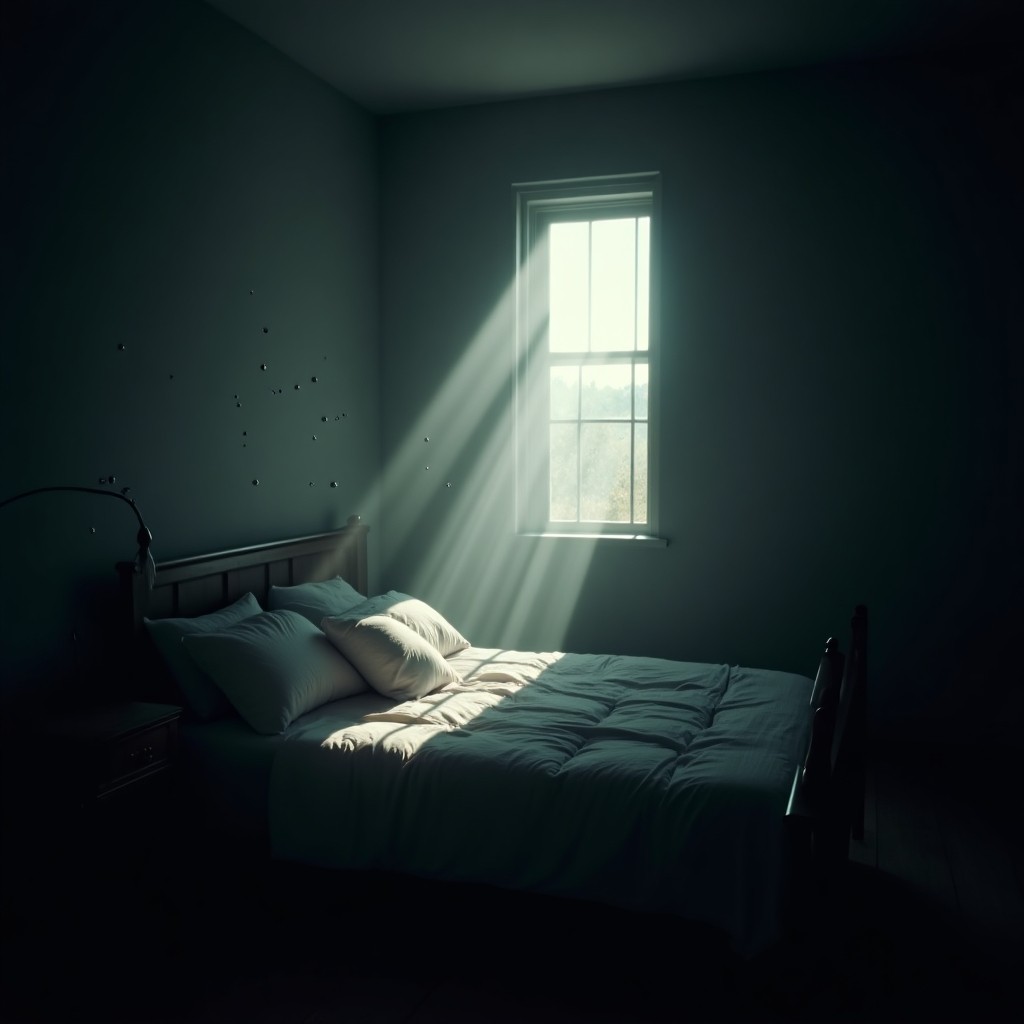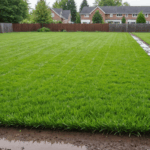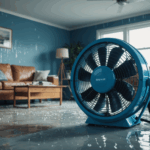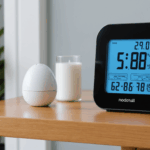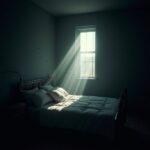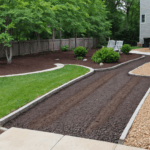Recognizing the warning signs your body sends when exposed to mold can be crucial for maintaining home health and addressing potential infestations early. According to the Centers for Disease Control and Prevention (CDC), approximately 50% of homes in the United States have some form of mold contamination, making mold detection through physical symptoms particularly relevant.
If you experience persistent respiratory issues that seem to improve when you leave your home, mold exposure could be the culprit. Medical research published in the Journal of Environmental Health shows that indoor mold can trigger various health reactions, even in individuals without pre-existing allergies.
Watch for these specific physical symptoms that may indicate mold exposure:
- Chronic coughing and wheezing, particularly in the morning or at night
- Frequent headaches and persistent sinus congestion
- Unexplained skin rashes or irritation
- Red, itchy, or watery eyes
- Unusual fatigue and difficulty concentrating
- Recurring nose bleeds
- Joint pain and muscle aches without apparent cause
Dr. Sarah Jenkins, an indoor air quality specialist at the Environmental Health Center, notes that children and elderly individuals often show symptoms first. A 2022 study by the American Academy of Allergy, Asthma & Immunology found that 27% of asthma cases can be attributed to indoor mold exposure, highlighting the significance of these physical warning signs.
Pay special attention if multiple family members experience similar symptoms simultaneously, or if pets show unusual respiratory distress or behavioral changes. The Environmental Protection Agency (EPA) emphasizes that sensitive individuals may react to mold exposure even when spore levels are relatively low, making early recognition of these physical indicators essential for proper mold detection and remediation.
Visual indicators around your home
A thorough visual inspection of your living space can reveal telltale warning signs of mold growth before it becomes a severe home health issue. Discoloration on walls, ceilings, or floors often indicates the presence of mold, particularly if you notice irregular patches in colors ranging from black and green to white and orange. These spots may appear fuzzy, velvet-like, or form a spotted pattern.
Pay close attention to areas where surfaces meet, such as corners, baseboards, and window frames. According to the National Association of Home Inspectors, nearly 38% of mold cases are first identified through visible growth patterns along these junction points. Peeling, bubbling, or cracking paint and wallpaper can also indicate moisture problems conducive to mold growth.
Structural changes like warping wood, sagging drywall, or bowing walls deserve immediate attention, as they often signal advanced mold problems. The American Society of Home Inspectors reports that visible signs of deterioration typically appear after mold has already established a significant presence behind surfaces, making early mold detection crucial.
Another critical visual indicator is the presence of water stains or discoloration, especially those that appear in rings or have a “tide mark” pattern. These marks often suggest recurring moisture issues that create perfect conditions for mold growth. Even small signs like rusting metal fixtures or deteriorating grout lines can point to underlying moisture problems that facilitate mold development.
- Document any visible mold growth with photographs to track its progression and share with professionals
- Check behind furniture, appliances, and decorative items regularly, as these areas often conceal mold growth
- Look for condensation on windows and glass surfaces, which can indicate excessive indoor humidity
- Inspect air vents and HVAC registers for dark spots or unusual accumulation of dust
Musty odors and strange smells
One of the most reliable warning signs of mold presence is a distinct musty smell, similar to wet cardboard or rotting leaves. Many homeowners make the critical mistake of masking these odors with air fresheners or scented candles instead of investigating their source. The Environmental Protection Agency reports that covering up suspicious smells can delay mold detection by several months, potentially leading to extensive damage and increased health risks.
Common odor-related oversights include:
– Dismissing temporary musty smells that appear after rain
– Attributing unusual odors to seasonal changes
– Ignoring persistent strange smells in basements or crawl spaces
– Failing to investigate new or unfamiliar odors immediately
The intensity of mold-related smells often increases in humid conditions or after using water in nearby areas. A key indicator is when musty odors become more noticeable when your HVAC system runs, suggesting mold growth within the ductwork. Studies from the Indoor Air Quality Association show that 60% of homeowners who eventually discovered serious mold problems first noticed unusual smells months before finding visible growth.
Different types of mold can produce distinct odors:
– Earthy, damp smell (common in basements)
– Sharp, fermented scent (often found in kitchens)
– Rotting organic material smell (typically in bathrooms)
– Stale, stuffy air (frequently present in closed rooms)
For effective home health monitoring, experts recommend creating an “odor journal” to track when and where unusual smells occur. This practice helps identify patterns and can provide valuable information for professional inspectors. Additionally, pay attention to whether specific rooms or areas have stronger odors during certain times of the day or weather conditions.
If you detect suspicious smells, resist the urge to:
– Use bleach or strong cleaning products without identifying the source
– Increase ventilation without addressing the underlying issue
– Wait for the smell to dissipate on its own
– Rely solely on dehumidifiers to solve the problem
Water damage and moisture issues
Water-related issues serve as primary catalysts for mold growth, making them crucial warning signs that demand immediate attention. The Insurance Information Institute reports that 98% of basements in the United States will experience some type of water damage during their lifetime, creating perfect conditions for mold proliferation.
Key moisture indicators include:
– Water stains on walls, ceilings, or floors
– Condensation on windows and pipes
– Damp or wet spots that take more than 48 hours to dry
– Rising humidity levels above 60%
– Frequent plumbing leaks or drips
– Foundation cracks allowing water seepage
– Poor drainage around the house
For effective mold detection, regularly monitor areas affected by:
– Roof leaks or ice dams
– Overflowing gutters
– Burst or leaking pipes
– Flooding events
– Appliance malfunctions
– Air conditioning condensation
– Groundwater seepage
Professional home inspectors emphasize that water damage often creates a cascade effect. A study by the Building Science Corporation reveals that even minor leaks can lead to significant mold growth within 24-48 hours under ideal conditions. This makes prompt identification and repair of water issues essential for home health maintenance.
Use these practical monitoring strategies:
– Install moisture meters in prone areas
– Check pipe connections monthly
– Monitor indoor humidity levels with hygrometers
– Inspect roof and gutters seasonally
– Document any water incidents with dates and locations
– Assess basement walls after heavy rains
– Keep detailed maintenance records
Response time matters significantly – addressing water issues within the first 24-48 hours dramatically reduces the likelihood of mold growth. Create an action plan that includes:
– Immediate water extraction
– Proper ventilation setup
– Dehumidification measures
– Professional assessment when needed
– Documentation for insurance purposes
– Regular monitoring of affected areas
Remember that visible water damage often indicates larger hidden problems. The National Association of Home Builders suggests that for every identified water issue, there’s a 70% chance of additional concealed damage. Stay vigilant and proactive in addressing these critical warning signs to maintain a healthy living environment.
Hidden areas prone to mold growth
- What are the most common hidden spots where mold tends to grow in homes?
- The most common hidden mold locations include behind wallpaper, under carpeting, inside ductwork, and behind drywall. These areas often provide ideal conditions for mold growth due to limited airflow and potential moisture accumulation.
- How can I check for mold in areas I can’t easily see?
- Professional mold detection tools like moisture meters and infrared cameras can help identify potential problem areas. Additionally, paying attention to musty odors and monitoring humidity levels in confined spaces can indicate hidden mold growth.
- Should I remove walls or flooring if I suspect hidden mold?
- Never attempt to remove building materials without professional guidance, as this could release harmful spores into your living space. A certified mold inspector can properly assess the situation and recommend appropriate remediation steps.
- How often should I inspect hidden areas for mold growth?
- Conduct thorough inspections of potentially problematic areas at least quarterly, with additional checks after water-related incidents. Regular monitoring is essential for maintaining home health and catching mold issues early.
- What’s the best way to prevent mold growth in hidden areas?
- Maintain proper ventilation and keep humidity levels below 60% throughout your home. Regular maintenance of plumbing, roof, and HVAC systems, combined with prompt repair of any water damage, significantly reduces the risk of hidden mold growth.
